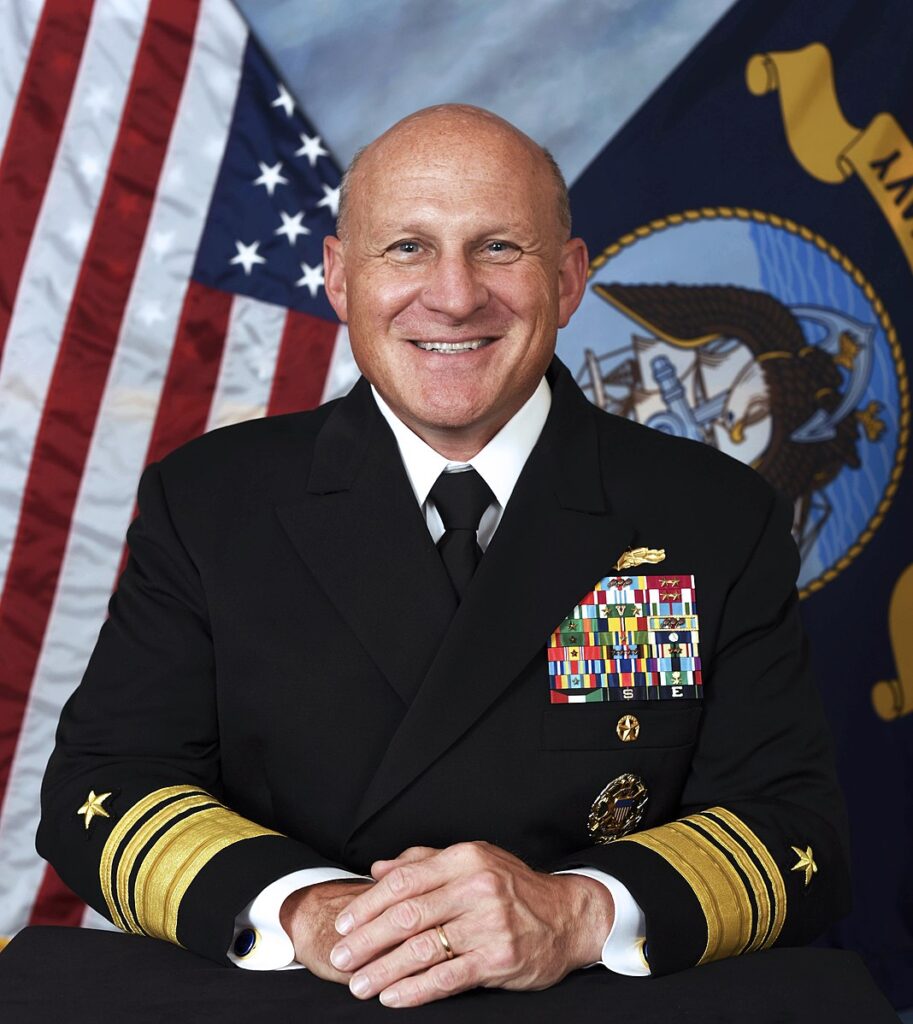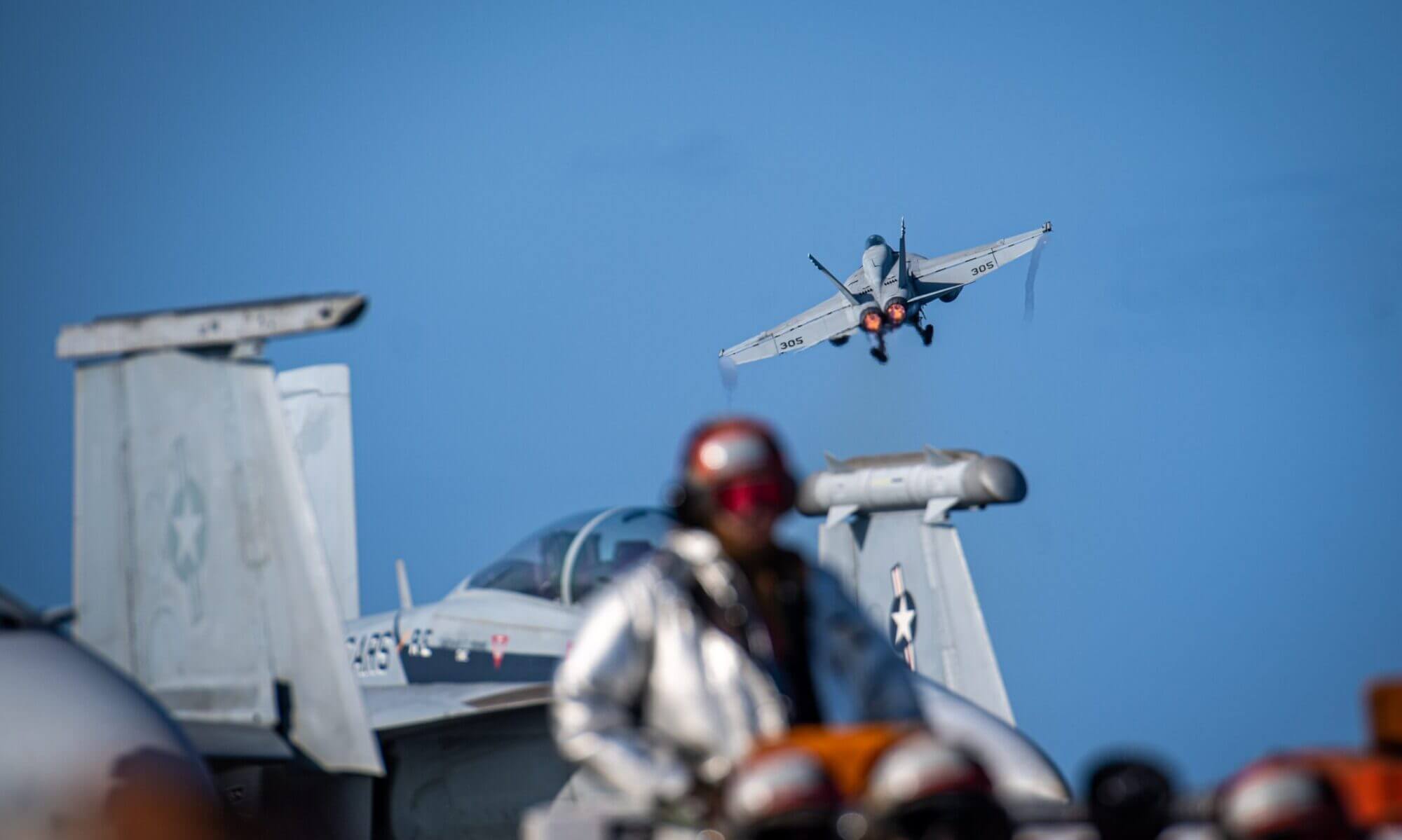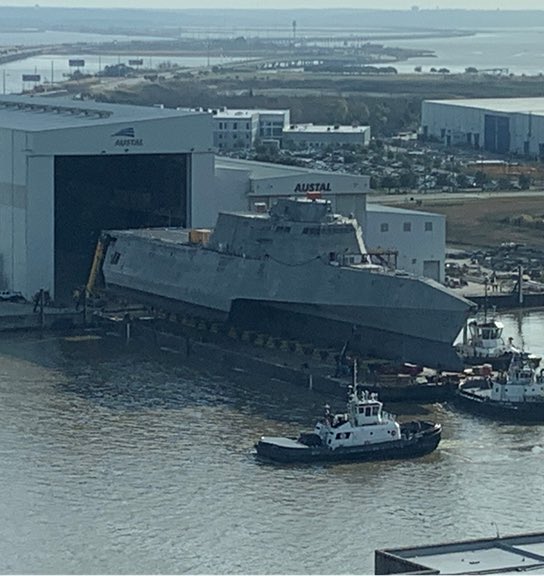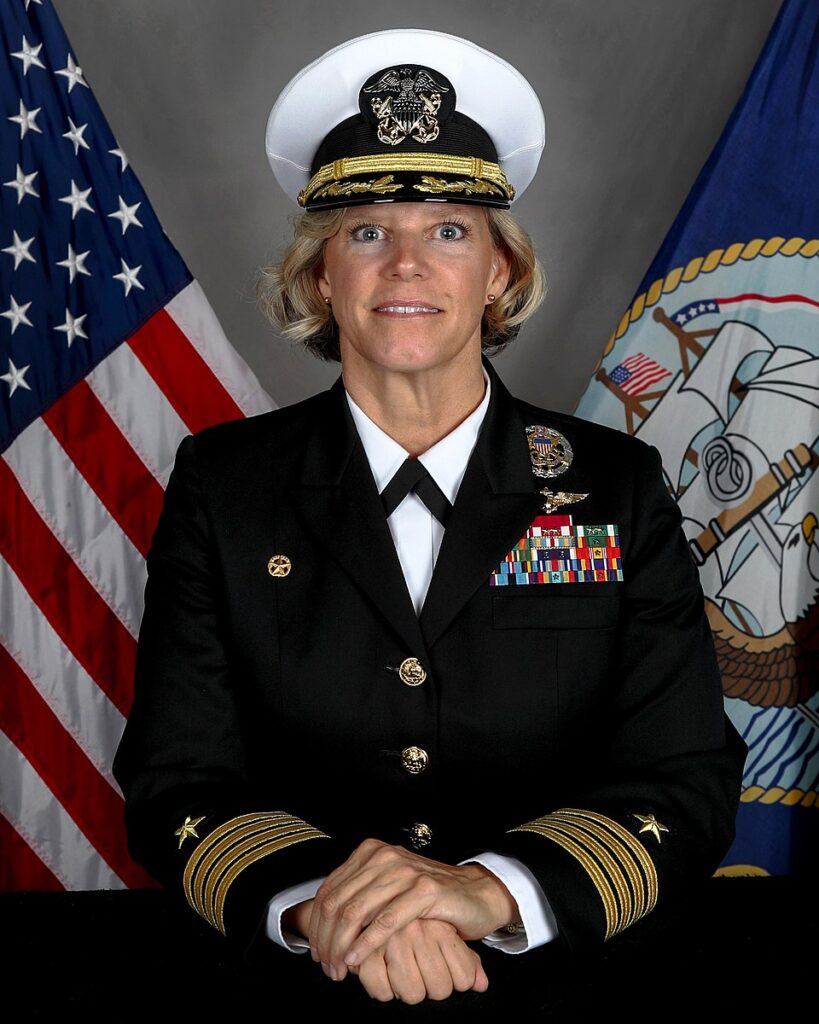Americans for a Stronger Navy, a non-profit organization committed to advocating and supporting the United States Navy, is proud to announce the launch of its “Who’s Who” initiative. This exciting program is designed to showcase the achievements of individual sailors, units, and departments within the US Navy, highlighting the dedication and hard work of those who serve our nation. Each week, Americans for a Stronger Navy will feature a new “Who’s Who” honoree, providing a glimpse into the outstanding contributions made by members of the Navy community. Through this initiative, Americans for a Stronger Navy hopes to demonstrate the importance of a strong, capable Navy and to promote greater appreciation for the individuals who make it all possible.

The current Chief of Naval Operations (CNO) for the United States Navy is Admiral Michael M. Gilday. Admiral Gilday has a distinguished career spanning over 30 years in the Navy, and he assumed the role of CNO on August 22, 2019.
Admiral Gilday was born in Lowell, Massachusetts, on February 20, 1962. He graduated from the United States Naval Academy in 1985 with a Bachelor of Science degree in electrical engineering. He later earned a Master of Science degree in national security affairs from the National Defense University’s Industrial College of the Armed Forces. Throughout his career, Admiral Gilday has held a variety of positions, including commanding officer of the destroyer USS Benfold, commander of Destroyer Squadron 7, and commander of Carrier Strike Group 11.
Admiral Gilday’s vision for the future of the Navy centers around maintaining global maritime superiority through a combination of technological advancement and strategic partnerships. He has emphasized the importance of developing and deploying new technologies, such as unmanned systems and artificial intelligence, to enhance the Navy’s capabilities. He has also stressed the need for the Navy to work closely with international partners to maintain stability and security in key regions around the world.
We have been told but have not confirmed that, “one of Admiral Gilday’s notable personal characteristics is his love of music. He is an accomplished guitarist and singer, and he has performed with a number of bands throughout his career” said the source.
Admiral Gilday is also known for his commitment to diversity and inclusion within the Navy. He has been a vocal advocate for ensuring that all sailors are treated with dignity and respect, regardless of their background or identity. In a speech to the crew of the USS Gerald R. Ford in 2020, Admiral Gilday emphasized that “diversity is a warfighting imperative” and called on all sailors to embrace the Navy’s core values of honor, courage, and commitment.
Overall, Admiral Michael M. Gilday is a highly respected and accomplished leader who is committed to maintaining the Navy’s global maritime superiority through innovation, collaboration, and inclusivity. His personal passion for music and his dedication to supporting charitable causes and promoting diversity and inclusion have earned him the respect and admiration of his fellow sailors and the broader military community.
The New York Times reports that, “He is a high-speed intellect with low-drag ego, which is a very rare quality at the upper echelons of any government,” said James G. Stavridis, a retired admiral and former NATO commander.
“He knows D.C. and how D.C. works, but he’s not part of the D.C. crowd,” said Adm. Scott H. Swift, a retired commander of the Navy’s Pacific Fleet. “He has an outsider’s understanding of the challenges facing the fleet.”
Indeed, colleagues and friends say he is a sailor’s admiral — a quiet, self-effacing, no-nonsense officer who is comfortable in his own skin making what might be politically unpopular decisions.
Admiral Mike Gilday is the son of a Navy Sailor. A surface warfare officer, he is a native of Lowell, Massachusetts and a graduate of the U.S. Naval Academy. He holds master’s degrees from the Harvard Kennedy School and the National War College.
At sea, he deployed with USS Chandler (DDG 996), USS Princeton (CG 59), and USS Gettysburg (CG 64). He commanded destroyers USS Higgins (DDG 76) and USS Benfold (DDG 65) and subsequently, commanded Destroyer Squadron 7, serving as sea combat commander for the Ronald Reagan Carrier Strike Group.
As a flag officer, he served as commander Carrier Strike Group 8 embarked aboard USS Dwight D. Eisenhower (CVN 69), and as commander, U.S. Fleet Cyber Command and U.S 10th Fleet.
His staff assignments include the Bureau of Naval Personnel; staff of the Chief of Naval Operations, and staff of the Vice Chief of Naval Operations. Joint assignments include executive assistant to the Chairman of the Joint Chiefs of Staff and naval aide to the President.
As a flag officer, he served in joint positions as director of operations for NATO’s Joint Force Command Lisbon; as chief of staff for Naval Striking and Support Forces NATO; director of operations, J3, for U.S. Cyber Command; and as director of operations, J3, for the Joint Staff. He recently served as director, Joint Staff.
He has served on teams that have been recognized with numerous awards and is the recipient of the Defense Distinguished Service Medal, Distinguished Service Medal, Defense Superior Service Medal (four awards), Legion of Merit (three awards), Bronze Star, Navy and Marine Corps Commendation Medal with Combat “V,” and the Combat Action Ribbon.
Gilday began serving as the 32nd Chief of Naval Operations August 22, 2019.






